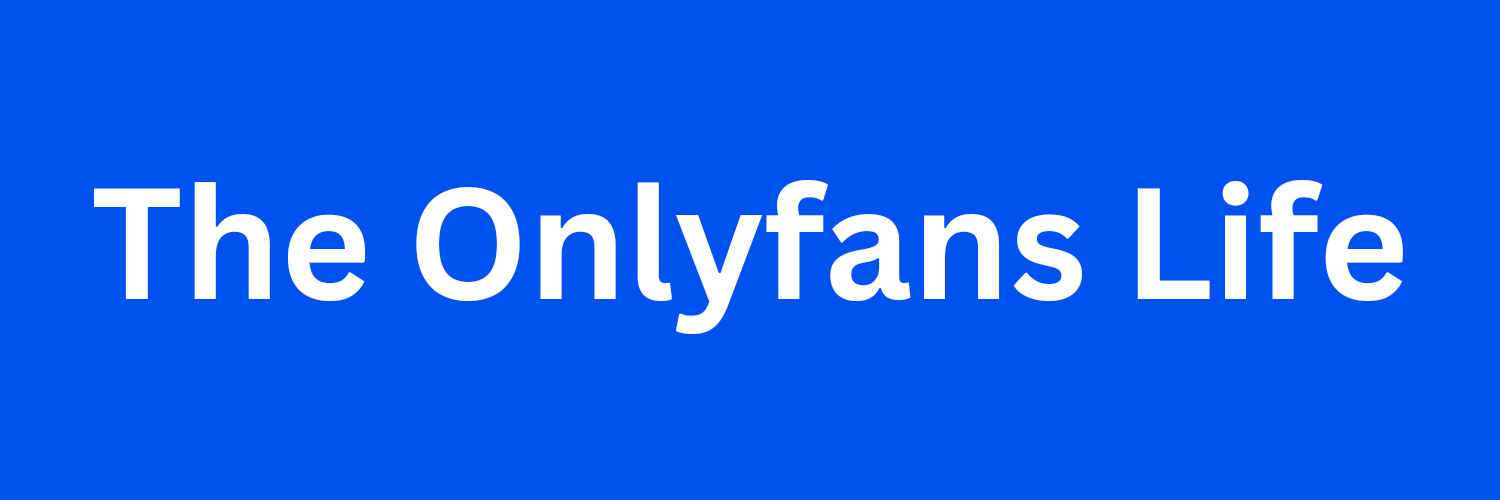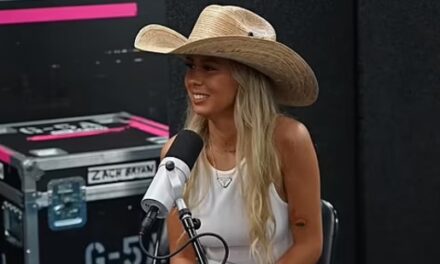
Bids for TikTok pile up, with Amazon and OnlyFans founder in the race
As a weekend deadline to find a buyer for TikTok approaches, bids for the short video site are piling up. Among the latest to throw their hats in the ring are Amazon and a group lead by Tim Stokely, founder of adult content site OnlyFans.
Reuters
Inside a sprawling six-bed, five-bath property overlooking Miami’s Biscayne Bay, a new legion of OnlyFans creators is taking hold.
In a May 14 TikTok that’s since racked up 4 million views, the house’s residents dance in barely-there bodycon dresses in front of brightly lit signs spelling out “BOPS.” In another, they don matching cheetah-print lounge sets over the soundtrack of Lil Elt’s “Get The Gat.” They fly on private jets to the Super Bowl, own Porsches and Lamborghinis and rack up $4,000 dinner bills on a night out.
It’s all in a month’s work at the Bop House, a content creator mansion where eight Gen Z OnlyFans creators produce content for their combined following of nearly 90 million users across social media platforms.
“I love what I do, and it’s so much fun,” says Sophie Rain, the 20-year-old who co-founded the Bop House in December 2024. After launching an OnlyFans two years ago, she quickly became one of its top earners, bringing in $43 million in her first year. “It gave me so much freedom.”
The content creators, who say they collectively brought in $250 million last year, feel their lifestyle offers them financial stability and freedom. But teenagers, particularly young girls, who see TikToks showcasing the content creators’ opulent lifestyle, may get the impression that being an OnlyFans star is aspirational. While creators in the Bop House spoke openly with USA TODAY about their hardships growing up — and say they’re not trying to be anyone’s role model — their online content rarely touches on their complex backstories.
Intentional or not, those omissions create a disconnect with viewers who don’t see the challenges that lead women to seek out careers in adult entertainment, says child psychiatrist and Yale School of Medicine Professor Yann Poncin.
“I do think it creates an unrealistic sense of reality,” Poncin says. “This just really presents as an exciting lifestyle. These girls seem to have it together. They have things, they have money, they have the shining objects.”
Who are the members of the Bop House?
Rain founded the content creation house with Aishah Sofey, and other creators between the ages of 19 to 25 have since joined, including Camilla Araujo, Alina Rose, Summer Iris, Ava Reyes and Julia Filippo. They split the house’s monthly $75,000 rent and use the space to film OnlyFans and social media content. Their posts toe the line between sensual and sexually explicit but never involve full nudity.
The name “Bop House” nods to the Gen Z slang term “bop,” meaning a woman who has had many sexual partners. Many of their videos poke fun at the term, and they respond to commenters saying they should “get a real job.”
It was, in part, the critics that inspired Rose to move into a house with other content creators. “They’re going to call us bops no matter what,” she says. So they leaned into it.
Rain grew up in a family of six that relied on food stamps. She’s now their primary breadwinner. Fans pay $4.99 a month for her content, with the option to pay more for daily photos and messages. She paid off her parents’ mortgage and $15,000 in property taxes and gifted her older brother his dream car, a BMW M2, with her salary.
“It’s honestly very stressful,” Rain says of supporting her family. “It’s such a blessing in disguise, though, because they can come to me if they need anything.”
Rain considers herself a feminist, and hopes the Bop House will help de-stigmatize adult entertainment creators. Still, every now and then, she hesitates to press “post” knowing how young girls might interpret her videos.
“I definitely think heavy on that,” Rain says. She wants young girls to pause before jumping into OnlyFans, because it’s a “big life change with a lot of stigma around it.” Still, she hopes the Bop House will help decrease that stigma around being an adult content creator for future women.
How the young people interpret social media, influencers
Poncin says teenage years are a critical time when girls start developing their identity and determining who they are in relation to their larger peer group. Influencers and celebrities now play a part in shaping how teenagers perceive themselves.
“This is a time when you try on essentially different outfits of identity. ‘Who am I? What am I? What am I becoming?’” Poncin says.
Now, when he asks young people who they want to be when they grow up, “influencer” is a common answer. Some of the commenters on the Bop House’s TikTok account agree.
“I wanna be like you when I get older,” one follower wrote under a video of the women dancing. “I need to join the bop house,” said another.
The hormonal and biological changes young women experience throughout their youth make them more attuned to social comparison, something social media can heighten as teens count their followers and likes.
What the viral Bop house videos are leaving out
Rose attributes her start on OnlyFans to a lack of options. After her mom kicked her out at 18 years old, she was paying her cousin $300 a month to sleep in a room she was sharing with two other people Los Angeles. She scraped by making $800 a month working dishwashing jobs but eventually took up stripping at a nude club, where she made better money.
“I didn’t have money to pursue anything else. It was very depressing,” Rose says.
When the strip club closed during the pandemic, she turned to OnlyFans. She says the platform provides a safer work environment than the strip club, where she faced daily sexual harassment. Still, it’s not a field she would ever want her younger sister or any other young girl to get involved in.
“I’m not somebody that they should be influenced by or look up to, because I don’t think OnlyFans is something that they should want to do,” Rose says. “OnlyFans should only be a thing because they lack the resources, and they really need money.”
Reyes says she considers her audience demographics when posting for that reason – on Instagram and Twitter, where her audience is largely men, she frequently posts photos in bikinis and lingerie but keeps her content more PG on TikTok, where she knows younger girls are seeing her videos.
She tries not to spend too much time in her comment section and doesn’t concern herself with online discourse about her work.
“I just don’t even really think about it that deep,” Reyes says.” “I don’t really care about if other people think that it’s wrong or right, I just live my life and make the money.”
‘I want them to know that we’re human’
Since its founding in 2016, the market for OnlyFans has exploded. The platform brought in $6.63 billion in revenue and boasted 4.12 million creator accounts by the end of 2023, a 29% increase from the year prior, according to regulatory filings from its parent company.
The platform is unique in that it doesn’t have an explore page function. It requires fans to type in an OnlyFans creator’s user in a search bar to find their content, posing a challenge to unknown creators looking to get their start on the platform. It’s nearly impossible to gain new subscribers without already having a strong presence on Instagram, Snapchat, Twitter and TikTok.
This shift marks a generational change in how adult content is consumed. Millennials and Gen Xers didn’t get to know adult entertainers unless they were watching porn, but social media has peeled back the division between creators and their viewers.
Rain considered herself a “nobody” in high school who kept to herself, and is adjusting to the changes that came with being in the limelight. Before she started an OnlyFans, she had never traveled by airplane. One of her most exciting moments was using her OnlyFans profit to fund a two-week trip to Japan with her older brother.
“It’s a sex website, but it’s so much more than that,” Rain says. “It’s a way to get connected to people and try new things and see new things.”
Rose doesn’t want to be on the platform forever. Eventually, she plans to use her OnlyFans salary to take up professional gaming and singing full time.
“People really think that we’re not real humans, just because we have OnlyFans, and they see us as less than a person,” Rose says. “I want them to know that we’re human.”
Rachel Hale’s role covering Youth Mental Health at USA TODAY is supported by a partnership with Pivotal Ventures and Journalism Funding Partners. Funders do not provide editorial input. Reach her at rhale@usatoday.com and @rachelleighhale on X.
This post was originally published on this site be sure to check out more of their content.





